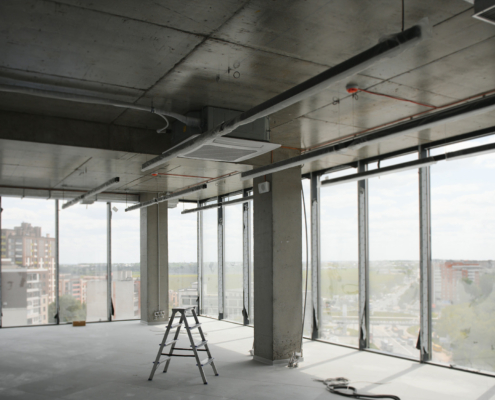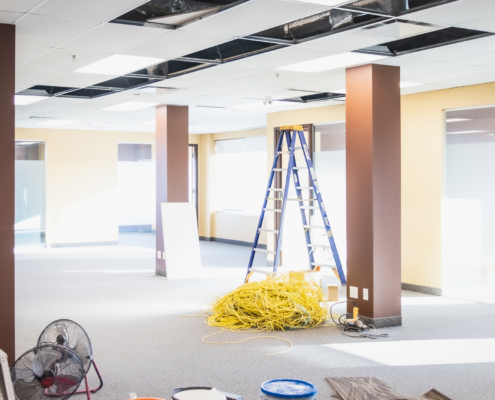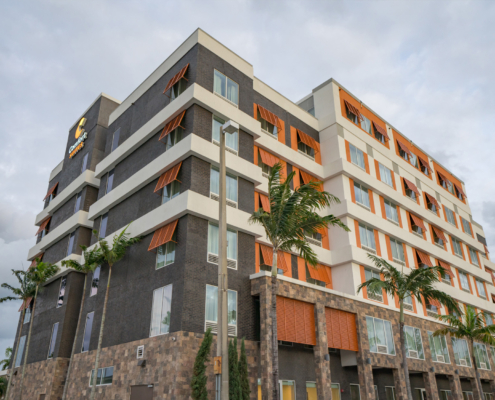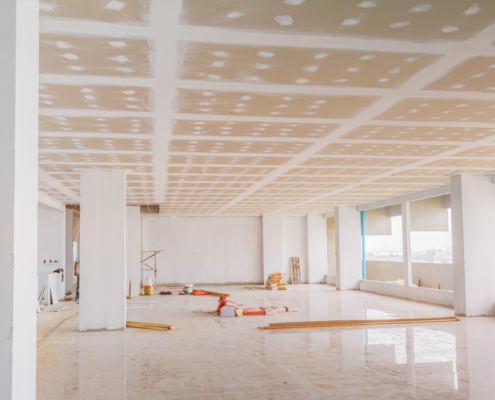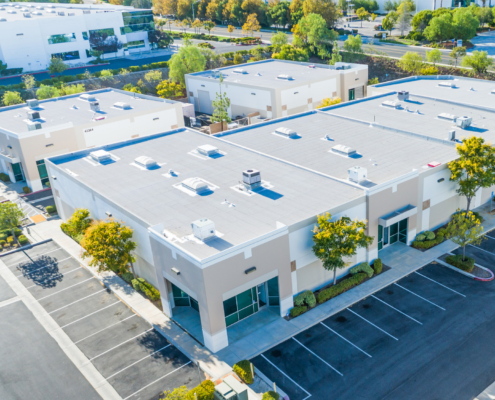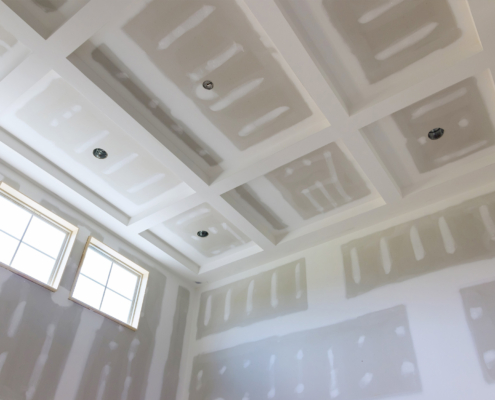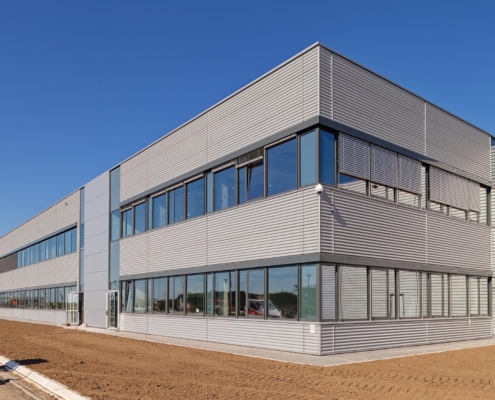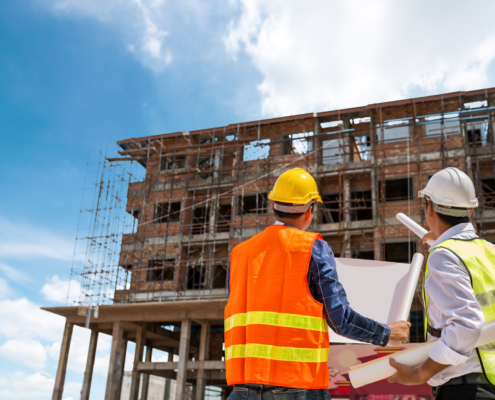 https://www.shfcontracting.com/wp-content/uploads/2024/08/The-Pros-and-Cons-of-the-Construction-Manager-at-Risk-Delivery-Approach.jpg
1250
2000
Abstrakt Marketing
/wp-content/uploads/2023/07/Navbar-Logo.png
Abstrakt Marketing2024-08-15 06:38:052024-11-24 12:24:13The Pros and Cons of the Construction Manager at Risk Delivery Approach
https://www.shfcontracting.com/wp-content/uploads/2024/08/The-Pros-and-Cons-of-the-Construction-Manager-at-Risk-Delivery-Approach.jpg
1250
2000
Abstrakt Marketing
/wp-content/uploads/2023/07/Navbar-Logo.png
Abstrakt Marketing2024-08-15 06:38:052024-11-24 12:24:13The Pros and Cons of the Construction Manager at Risk Delivery ApproachYour Comprehensive Commercial Tenant Improvement Guide
Commercial tenant improvements are crucial for businesses looking to optimize their spaces, improve functionality, and enhance aesthetics. These improvements can significantly improve customer satisfaction, employee productivity, and overall business success. This guide provides a comprehensive overview of commercial tenant improvements, covering everything from planning and design to project management and post-construction support.
What Are Commercial Tenant Improvements?
Commercial tenant improvements refer to modifications made to a rental space to meet a tenant’s specific needs. These changes can range from simple cosmetic updates to extensive renovations or remodels, including alterations to the interior layout, electrical and plumbing systems, flooring, lighting, and more. The goal is to create a space that is functional, efficient, and aligned with the tenant’s business requirements.
Key Elements to Consider for a Tenant Improvement Project
As with any commercial construction project, properly preparing and having a foundational understanding of the process and considerations is vital for commercial tenant improvements. Let’s dig into some important factors:
Importance of Planning and Design
The planning and design phase is critical for the success of any commercial tenant improvement project. It begins with an initial consultation with a professional who can assess the space and understand the tenant’s needs. A well-thought-out design ensures that the space meets industry standards and optimizes functionality. This phase also includes developing detailed plans and blueprints to guide construction.
Budgeting and Financing
Accurate budgeting and securing financing are essential steps in any tenant improvement project. Estimating the costs involves considering various factors such as materials, labor, permits, and contingency funds for unexpected expenses. Exploring financing options, such as loans or leasing agreements, can help businesses manage the financial aspects of the project effectively.
Project Management
Effective project management is crucial to ensure the tenant improvement project stays on schedule and within budget. This involves detailed scheduling, coordination of various trades, and regular communication with all stakeholders. A well-managed project minimizes disruptions to business operations and ensures timely completion.
Selecting and Purchasing the Right Materials
Choosing the right materials is a key aspect of any tenant improvement project. Factors to consider include durability, aesthetics, and compliance with industry standards. Selecting high-quality materials that meet the space’s specific needs can enhance the overall outcome and longevity of the improvements.
The Construction Phase
The construction phase involves site preparation and the execution of the planned improvements. This includes tasks such as demolition, framing, electrical and plumbing work, and finishing touches. Proper site management and adherence to the construction schedule are vital to keep the project on track and ensure high-quality workmanship.
Explore what site development involves and its benefits to gain a deeper appreciation for its role in successful projects.
Quality Control and Inspections
Quality control and regular inspections are essential to ensure commercial tenant improvements meet all required standards and regulations. Inspections should be conducted at various stages of the construction process to promptly identify and address any issues. This ensures the outcome is safe, functional, and compliant with all applicable codes.
Post-Construction Support and Project Handover
Post-construction support and a smooth project handover are crucial for the tenant’s satisfaction. This includes a final walkthrough to address any remaining issues, providing documentation and warranties, and offering ongoing support to ensure the space functions as intended. A comprehensive project handover sets the stage for a successful occupancy.
Find out why working with an experienced and proven general contractor for a commercial tenant is beneficial.
How Commercial Tenant Improvements Benefit Different Industries
Commercial tenant improvements are not a one-size-fits-all solution. Different industries have unique requirements and challenges that must be addressed through strategically tailored solutions. Understanding how these improvements can be utilized in various sectors can help businesses optimize their spaces to meet their operational needs better and enhance overall performance.
Retail
Retail businesses often face challenges like outdated store designs, inefficient layouts, and poor lighting, which can deter customers. Imagine a boutique clothing store struggling with cramped fitting rooms and dim lighting, making the shopping experience unpleasant. A commercial tenant improvement project could involve reconfiguring the layout to create more spacious fitting rooms, installing modern, energy-efficient lighting, and updating the decor to reflect current trends. These changes would make the store more inviting, increase foot traffic, and ultimately boost sales—and what business owner doesn’t want that?
Commercial Buildings and Office Spaces
Office spaces and commercial facilities frequently encounter inadequate lighting, cramped layouts, and a lack of collaborative areas, which can hinder productivity. Consider a tech startup in a dated office with limited natural light and no designated areas for team collaboration. A tenant improvement project could transform the space by introducing open-plan layouts, adding large windows for natural light, and creating dedicated collaborative spaces equipped with ergonomic furniture. These improvements would enhance employee satisfaction and efficiency, fostering innovation and teamwork.
Warehouse
Warehouses often struggle with inefficient storage solutions, poor lighting, and outdated facilities, which can impact operations. For example, a distribution center might face disorganized inventory and insufficient lighting that complicate order fulfillment. A tenant improvement project could involve installing advanced shelving systems to optimize storage, upgrading the lighting to improve visibility, and modernizing the facility with energy-efficient systems. These enhancements would streamline operations, reduce errors, and lower operating costs.
Check out this guide on common commercial tenant improvement projects to inspire ideas for your project.
Bar and Restaurant
Bars and restaurants may have outdated interiors, inefficient kitchen layouts, and a lack of appeal to modern customers. Picture a popular restaurant with a cluttered, inefficient kitchen and a dated dining area. A tenant improvement project could update the kitchen layout for better workflow, refurbish the dining area with contemporary decor, and add features like outdoor seating. These changes would improve the dining experience, attract more patrons, and enhance operational efficiency.
Entertainment
Entertainment venues often face challenges such as poor acoustics, uncomfortable seating, and outdated technology, which can detract from the customer experience. Imagine a local theater struggling with outdated sound systems and uncomfortable seating for patrons. A tenant improvement project could upgrade the acoustics, install state-of-the-art sound and lighting systems, and replace old seating with more comfortable options. These improvements would enhance the audience experience, draw larger crowds, and increase ticket sales.
Medical
Medical facilities often deal with outdated equipment, inefficient layouts, and uninviting environments, affecting patient care. Consider a clinic with cramped exam rooms and outdated waiting areas that make patients feel uneasy. A tenant improvement project could modernize the exam rooms with the latest medical equipment, redesign the waiting area to be more welcoming, and ensure the facility meets current healthcare regulations. These updates would improve patient satisfaction and operational efficiency.
Government/Municipalities
Government buildings and municipal facilities may face issues such as inadequate public spaces, outdated infrastructure, and lack of accessibility. Think of a city hall with inaccessible entrances and outdated public meeting rooms. A tenant improvement project could upgrade public areas to meet ADA standards, install energy-efficient systems, and create more functional office spaces. These changes would enhance community service delivery and improve the overall efficiency of government operations.
Education
Educational institutions often struggle with outdated classrooms, inadequate technology, and uninspiring learning environments. Imagine a high school with old, uncomfortable desks and limited technological resources. A tenant improvement project could upgrade classrooms with modern technology, comfortable furniture, and improved lighting. Creating collaborative spaces and updated labs would provide students hands-on learning experiences, enhancing engagement and academic performance.
Experience the Benefits of a Commercial Tenant Improvement With SHF
Considering a tenant improvement at your commercial space? Don’t take on one of these vital projects alone. Look to SHF. Our team has decades of experience, a deep understanding of tenant improvements, and proven results. We’ve helped clients across Nevada, Utah, and Arizona transform commercial real estate and leased spaces into optimized business settings. Contact SHF today to start a conversation about your upcoming tenant improvement and learn how we can deliver flawless execution on time and on budget.


